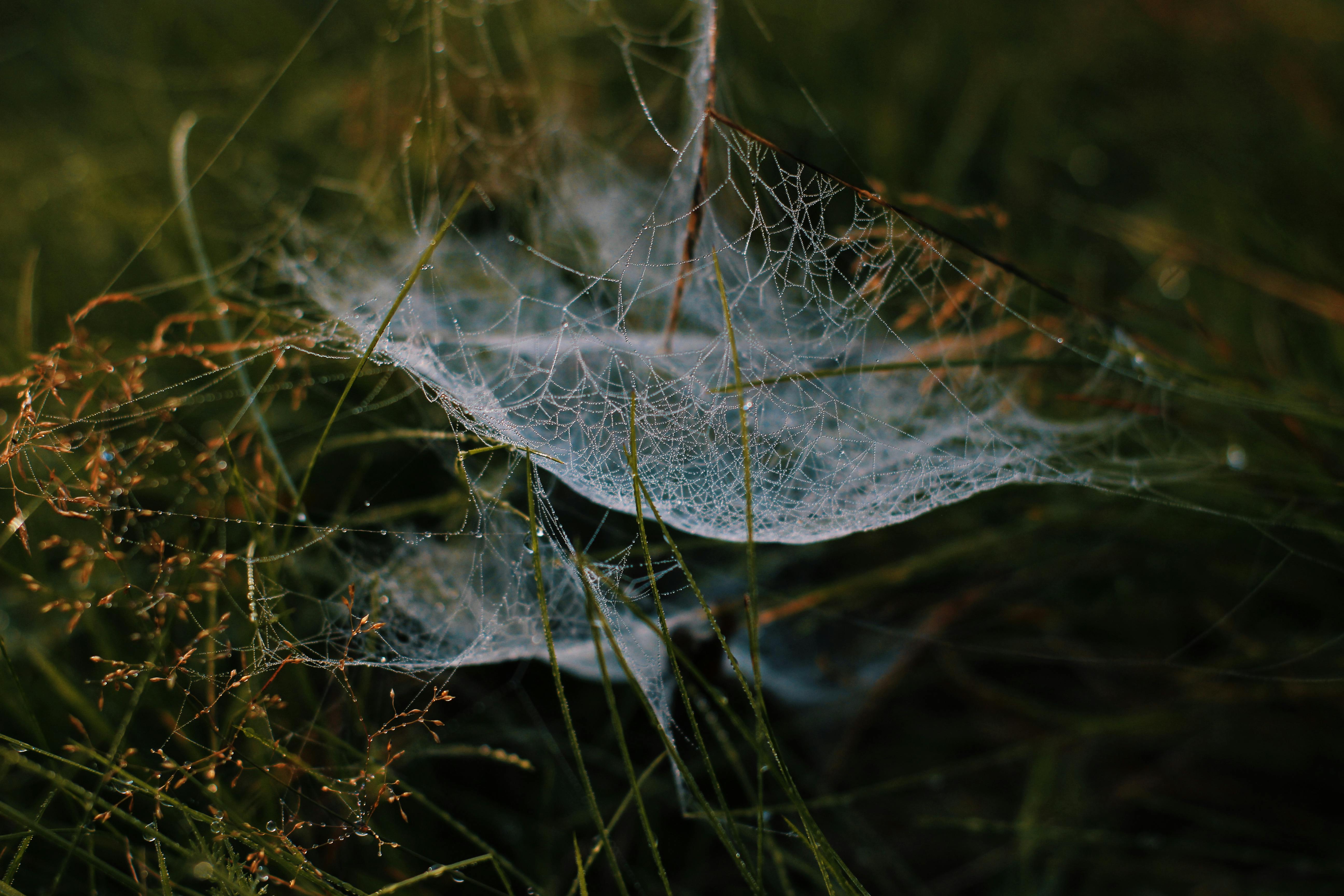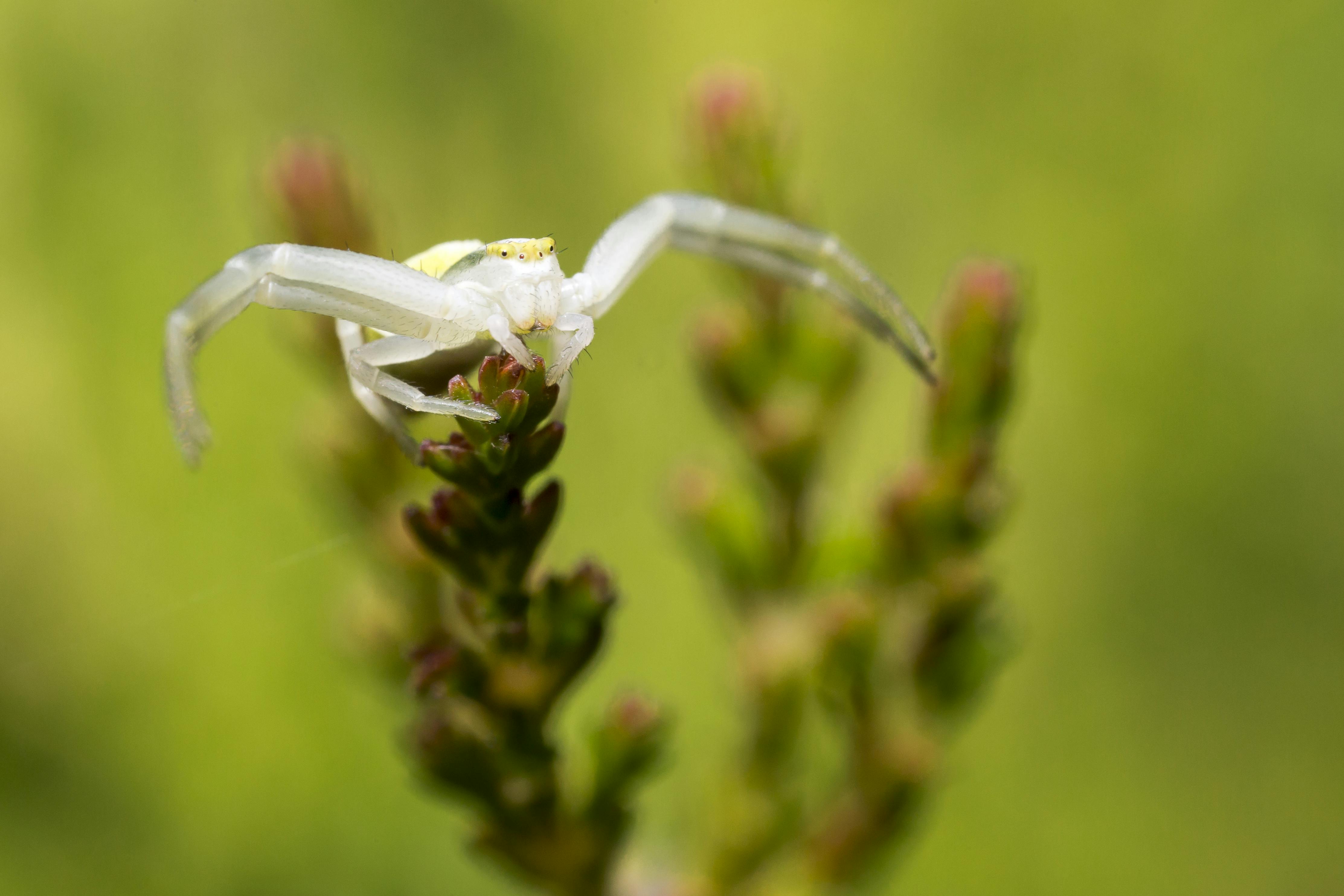Repotting a spider plant is an important part of its care. A spider plant should be repotted when it has outgrown its pot or when it shows signs of needing more nutrients. Signs that your spider plant needs to be repotted include slowed growth, yellow leaves, and a crowded root system. Repotting your spider plant at the right time will ensure that it remains healthy and continues to thrive.The best time to repot a spider plant is in the early spring, just as the plant is starting to come out of its winter dormancy and before it starts actively growing again.
What Are the Benefits of Repotting a Spider Plant?
Repotting a spider plant can be beneficial in a number of ways. It gives the plant a fresh start and ensures that the soil is clean and free from pests and diseases. It also allows for better drainage and aeration, which helps the plant to grow faster and healthier. Additionally, repotting can help create more space in the pot for larger roots, so that the plant can become thicker and bushier. Lastly, it provides an opportunity to give your spider plant some much needed nutrients like fertilizer or compost, which will help it to thrive.
Overall, repotting a spider plant is a great way to keep your plant healthy and ensure it continues to grow well. It allows for better drainage and aeration, which helps with its growth. It also provides an opportunity to give your spider plant some much needed nutrients like fertilizer or compost. Repotting also creates more space in the pot for larger roots so that your spider plant can become thicker and bushier. All these benefits make repotting a great way to keep your spider plants looking beautiful!
Repotting a Spider Plant
Repotting a spider plant is a great way to keep your plant healthy and thriving. To successfully repot your spider plant, you will need a few supplies. First, you will need a pot that is slightly larger than the current one, with plenty of drainage holes in the bottom. You will also need fresh potting soil specifically for houseplants. If you plan on adding fertilizer to the soil, make sure it’s one specifically for houseplants as well. Finally, you may want to pick up some sphagnum moss or pebbles to put on top of the soil as an attractive topping.
Once all of your supplies are gathered up, it’s time to repot your spider plant. Begin by gently removing the plant from its current pot and brushing away any excess dirt from its roots. Carefully place the spider plant in its new pot and fill in with fresh potting soil until it is just below the base of the leaves. Gently pat down the soil and water thoroughly until moisture is visible at the bottom of the pot. Add sphagnum moss or pebbles as desired for decoration, and you’re done!
Preparing the New Pot for Repotting a Spider Plant
Repotting a spider plant requires the selection of an appropriate pot. When selecting a new pot, it is important to choose one that is slightly larger than the current one. The new pot should also have drainage holes in the bottom and sides, as spider plants need plenty of water but do not like to sit in wet soil.
Once you have selected a suitable pot, it is important to line the bottom with gravel or pebbles. This helps to ensure that excess water can properly drain away and prevents root rot. After adding your chosen material to the bottom of the pot, you can then fill in with a light potting mix that will retain moisture but still drain easily.
When repotting your spider plant, it is important to be gentle with its roots as they are delicate. Ensure that you leave plenty of space around the roots for them to spread out and take hold in their new environment. Once you’ve placed your plant into its new home, water it thoroughly so that all of the soil is moistened and make sure to discard any excess water from the drainage holes.
Finally, place your newly potted spider plant in an area that receives indirect sunlight and monitor it closely for signs of distress or disease over the next few weeks while its roots are taking hold in its new environment. With regular care and attention, your spider plant will soon be thriving in its new home!
Removing the Spider Plant from Its Current Pot
The spider plant is a popular houseplant that is easy to care for and maintain. Removing it from its current pot can be done with a few easy steps. Here’s how to carefully remove the spider plant from its current pot:
First, prepare a new pot that is 1-2 inches larger than the current one. This will allow the roots of the spider plant to spread out and grow without becoming root bound.
Next, fill the new pot about halfway with moist, well-draining soil. Use a potting mix specifically formulated for houseplants or cacti and succulents.
After preparing the new pot, it’s time to remove the spider plant from its current pot. Gently tip the pot on its side and slide out the root ball of soil and roots. If necessary, use your fingers or a pair of scissors to loosen any tightly packed soil around the roots.
Once you have removed the root ball of soil and roots, carefully shake off any excess dirt so that you can inspect for any signs of disease or pests. If everything looks healthy, place it in your new prepared pot and gently press down around it so that it is firmly in place.
Finally, water your newly transplanted spider plant to help settle the soil around it. Place in a location with bright indirect light and continue to water as needed until you begin to see signs of new growth emerging from the center of your plant!

Preparing Soil for Repotting a Spider Plant
Repotting a spider plant is an essential part of its care, as it helps to renew the soil and provide the plant with fresh nutrients. To ensure the best growth and health of your spider plant, it is important to use the correct soil mixture for repotting. Here are some tips on how to prepare soil for repotting a spider plant.
The first step in preparing soil for repotting a spider plant is to choose a potting mix that is well-draining and light in texture. A good mix would include equal parts of peat moss, perlite, and vermiculite or sand. This will create a nutrient-rich environment that will provide the optimal level of moisture for your spider plant’s roots. You can also add some compost or aged manure to the mix for extra nutrients.
Next, you should make sure that your potting mix is properly aerated before adding it to your pot. To do this, you can either break up any large clumps of soil or use a garden fork to loosen up the soil. This will allow air and water to move freely through the soil, creating an ideal environment for your plant’s roots.
Finally, make sure that you water your newly potted spider plant thoroughly before placing it in its new home. This will help hydrate the soil so that your spider plant can take in all the nutrients it needs to thrive. After watering, you should place your pot in an area that receives indirect sunlight and keep it away from any direct drafts or heat sources. With these simple steps, you will be able to provide your spider plant with the best conditions possible when repotting it!
Preparing the New Pot
Before placing the spider plant in its new pot, it is important to prepare the new pot for the plant. Start by cleaning the new pot with soap and water. Make sure the pot is large enough to accommodate the root system of the spider plant. Once you have cleaned the pot, add a layer of fresh potting soil to it. Make sure that there is at least three inches of soil in the bottom of the pot for proper drainage.
Adding Drainage Materials
Once you have added a layer of soil to the new pot, add some drainage materials such as gravel or pebbles to the bottom of the pot. This will help ensure that excess water can drain away from the roots of your spider plant and keep them healthy.
Placing The Spider Plant In Its New Pot
Now it is time to place your spider plant in its new pot. Start by carefully removing it from its old container and gently shaking off any excess soil from its roots. Place your spider plant in its new pot and make sure that it is sitting firmly on top of the drainage layer you created. Fill in any gaps with more soil and lightly pat down around your plant’s roots to ensure they are secure.
Watering The Plant
Once your spider plant is securely placed in its new container, give it a good watering until water starts flowing out of the drainage holes at the bottom of your container. This will help ensure that all of your plants’ roots are properly hydrated and can start growing strong and healthy again!
How to Water the Newly Potted Spider Plant?
Watering a newly potted spider plant is an important part of keeping it healthy and thriving. The frequency and amount of water that is needed for a spider plant will vary depending on the size of the pot, type of soil, and the temperature in your home. It is important to not overwater your spider plant as this can cause root rot. Here are some tips for determining when and how much to water your newly potted spider plant:
First, feel the soil. Stick your finger into the dirt about an inch deep and if it feels dry, then it’s time to water. If it feels damp, you can wait a day or two before adding more water. You should also check for drainage holes at the bottom of the pot as this will help ensure that your spider plant is not getting too much water.
Next, use room temperature water when watering your spider plant as cold water can shock its roots. A good rule of thumb is to give the plant enough water so that it reaches the bottom of the pot but does not pool at the top. You should also avoid watering from above as this can cause leaf burn or damage to delicate leaves.
Finally, make sure you check on your newly potted spider plant regularly so that you can monitor its watering needs. Be sure to adjust watering frequency according to changes in season or temperature in your home as this will affect how often you need to water your spider plant. With these simple tips, you’ll be able to keep your newly potted spider plant healthy and thriving!

Conclusion
Repotting a spider plant is a rewarding practice for both the plant and its owner. It increases the spider plant’s chance of survival and keeps the potting soil fresh and full of nutrients. The best time to repot your spider plant is in the late spring or early summer, when it is actively growing and has plenty of energy to get re-established in its new environment. After repotting, provide extra water and fertilizer for your spider plant to help it adjust. With proper care, your spider plant should produce lush, healthy foliage for years to come.
Remember, when it comes to repotting plants, prevention is key! Regularly inspect your plants for signs of overcrowding and pay close attention to their growth rate. If you can catch a problem before it starts, then you can avoid having to repot altogether!

